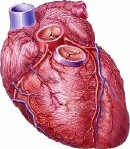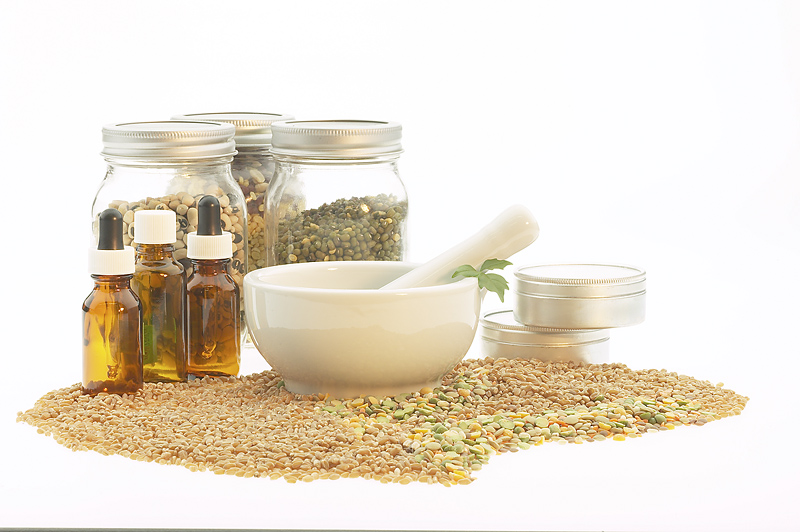
MONDAY, July 23 (HealthDay News) — Scientists who used modified stem cells to rejuvenate damaged and aged heart cells from elderly heart failure patients say their research could one day lead to new treatments for the illness.
“Since patients with heart failure are normally elderly, their cardiac stem cells aren’t very healthy,” Sadia Mohsin, one of the study authors and a postdoctoral research scholar at San Diego State University’s Heart Institute, explained in a news release from the American Heart Association (AHA). “We modified these biopsied stem cells and made them healthier. It is like turning back the clock so these cells can thrive again.”
The study was to be presented Monday at an AHA meeting, in New Orleans, and published simultaneously in the Journal of the American College of Cardiology.
The stem cells taken from the patients were modified with a protein called PIM-1, which promotes cells survival and growth. The modified stem cells helped the signaling and structure of the patients’ heart cells by boosting the activity of an enzyme called telomerase, which elongates telomeres.
Telomeres are the caps on the ends of chromosomes that are involved in cell replication. Aging and disease occur when telomeres break off.
“There is no doubt that stem cells can be used to counter the aging process of cardiac cells caused by telomere degradation,” Mohsin said.
While the study did use human heart cells, it was conducted in the laboratory and remains in its early stages. However, tests conducted in mice and pigs also found that telomere lengthening resulted in new heart tissue growth in just four weeks.
“Modifying aged human cardiac cells from elderly patients adds to the cell’s ability to regenerate damaged heart muscle, making stem cell engineering a viable option,” Mohsin said. “This is an especially exciting finding for heart failure patients. Right now we can only offer medication, heart transplantation or stem cell therapies with modest regenerative potential, but PIM-1 modification offers a significant advance for clinical treatment.”
One expert called the research “exciting.”
The stem cell technique “is enabling endogenous [the body’s own] cardiac repair mechanisms to work more effectively,” said Dr. Hina Chaudhry, director of cardiovascular regenerative medicine at the Mount Sinai School of Medicine, in New York City.
“Cell division does not normally occur at a clinically significant level in humans beyond birth and infancy,” Chaudhry pointed out. “Given the somewhat marginal results of transplanting various stem cells into diseased hearts, the search for factors such as PIM-1 — which appears to promote cell division and cell survival of native heart cells — is a critical area of research.”
More information
The U.S. National Heart, Lung, and Blood Institute has more about heart failure treatment.

